[ad_1]
Though people have been exploring the moon since 1969, it nonetheless harbors many mysteries. Even after over 140 missions to the floor (a mix of each human and robot-run), there’s a lot that is unknown about Earth’s moon. Whereas there are lots of locations on Earth that appear to be they should not exist, wait till you get a glimpse of the moon’s South Pole.
Amid plans for space hotels and Mars missions to look for life on the planet, new expertise has made it attainable for NASA to take images of never-before-seen areas of the moon, however loads of mysteries nonetheless exist. Here is what we all know in regards to the moon’s South Pole — and what we do not.
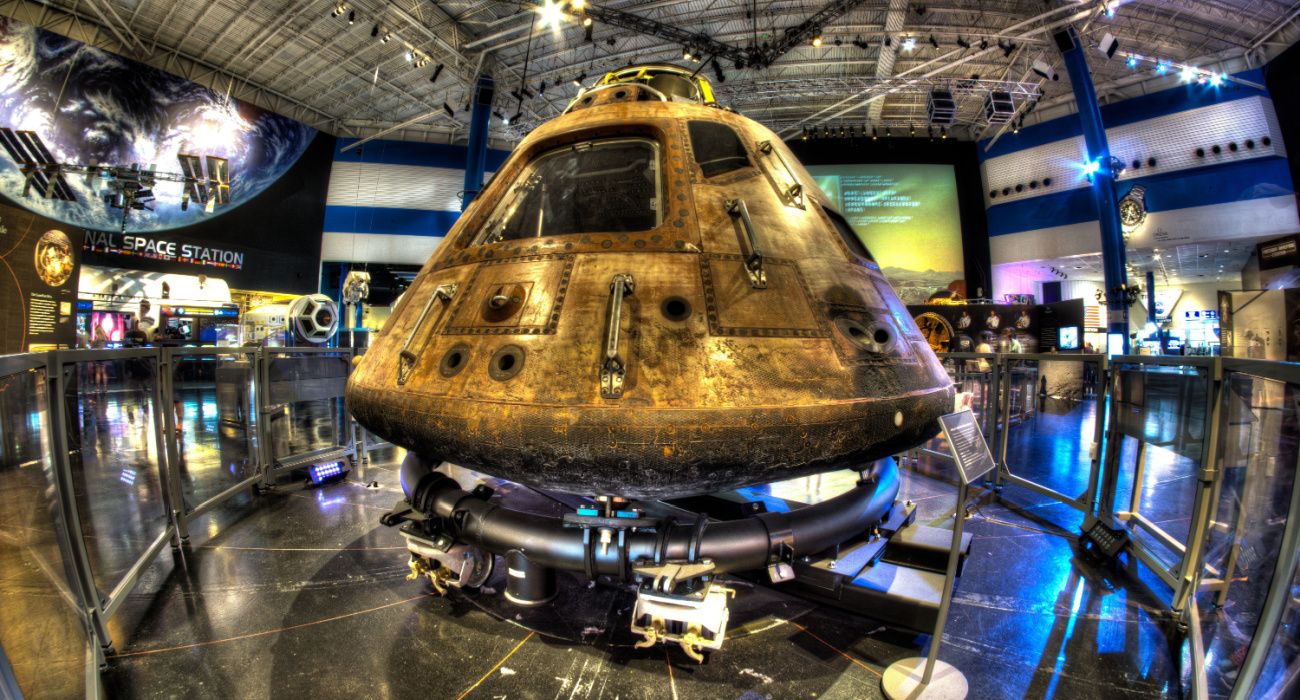
Associated
To The Moon And Back: See The Apollo II’s Columbia Command Module At This Famous Museum
See the Command Module from the Apollo 11 mission on the Smithsonian’s Nationwide Air And House Museum.
The Moon’s South Pole Is Far Much less Explored Than Its North Pole
Shackleton Crater on the moon’s South Pole
The moon’s South Pole is shrouded in thriller largely as a result of it is truly shrouded in darkness. In contrast to the floor the place Neil Armstrong first stepped foot on the moon, an space referred to as the Sea of Tranquility, close to the moon’s equator, the South Pole doesn’t obtain direct daylight. Whereas it is attainable to see the sting of craters in photos, the depths of the craters are solely darkish.
“The South Pole of the moon is pockmarked with deep craters and due to the angle of the solar coming in, most of these craters are in complete darkness the whole time. ” — NASA Administrator Invoice Nelson
Nonetheless, expertise has revealed the depths of such craters as Shackleton, which measures 13 miles in diameter and has an estimated depth of two.6 miles. A South Korean moon mission utilizing NASA’s ShadowCam instrument additionally supplied clear photos that present the inside of varied craters, together with Shackleton.
- Temperatures contained in the moon’s craters may drop as little as -330 levels Fahrenheit.
However why are NASA and different area businesses seeking to discover the moon’s South Pole? There are a couple of causes, however one is the truth that there are plans for an tried touchdown close to the South Pole within the coming years.
NASA Is Planning Extra Exploration Of The Moon’s South Pole
NASA assembling Artemis III
NASA is not the one company planning to discover extra of the moon, nevertheless it has a transparent plan in place to the touch down on the South Pole earlier than 2030.
Artemis III Mission Profile
It is vital for NASA and its companions to know the terrain of the South Pole and the dangers they could encounter upon touchdown. In spite of everything, whereas the underside of a crater is likely to be a whole bunch of levels beneath Fahrenheit, daytime temperatures can attain greater than 130 levels Fahrenheit when the solar hits the South Pole, in response to NASA.
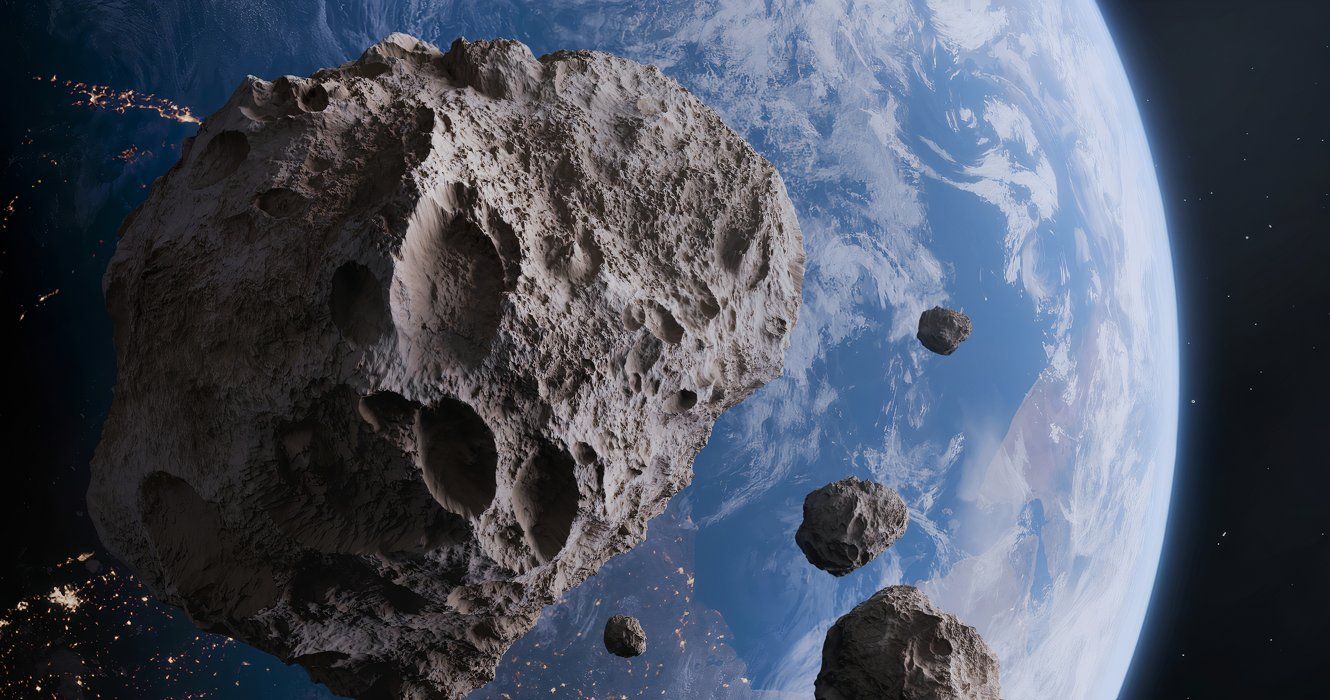
Associated
Earth Set To Welcome New “Mini Moon” At End Of September
Earth will briefly have two moons as a “mini moon” enters the gravitational pull on September 29.
In fact, some robot-led missions have already found intriguing issues in regards to the moon’s floor. It has been mentioned that humans are close to figuring out how to live on the moon, and the invention of water ice may imply we’re one step nearer.
Scientists Have Discovered Proof Of Water On The Moon, However Many Mysteries Persist
The central peak of Tycho crater on the moon
Preliminary experiments and exploration recommend there’s loads of ice on the moon, and the presence of aluminium, titanium, and extra within the lunar soil can also be promising. Nonetheless, there’s nonetheless a lot to study in regards to the lunar South Pole, together with whether or not people can journey there to utilize the pure assets.
“If the ice could be stripped from the lunar soil it may very well be break up into hydrogen and oxygen, a key element of rocket gas or a possible supply of consuming water and oxygen for human settlements.” — BBC’s Jonathan O’Callaghan
People are itching to get to the lunar South Pole to dive deeper (actually and figuratively) into the moon’s pure assets. A number of international locations have vied to be the primary to land spacecraft there, however India wound up being the primary to land wherever close to the South Pole (round 370 miles away). Nonetheless, the spacecraft wasn’t the primary to seek out proof of water on the moon.
“Our greatest proof for water ice on the moon comes from a Nasa experiment in October 2009 when an empty rocket was purposefully slammed right into a crater on the South Pole. “The plume of fabric had proof of water,” says Margaret Landis, a planetary scientist on the College of Colorado, Boulder, within the US. “That’s our one direct statement of water ice on the Moon.” — BBC
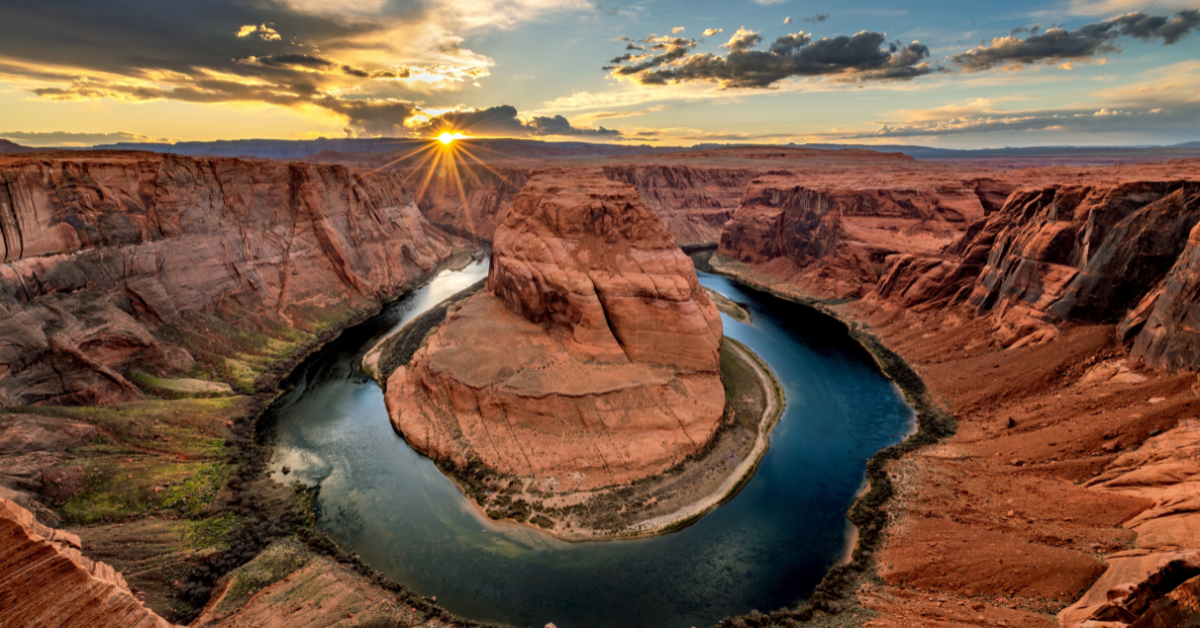
Associated
Mars’ Mysterious Past Is Now Being Linked To The Colorado River
Mars and the Decrease Colorado River Basin have an surprising local weather similarity.
Now that superior expertise has explored areas across the moon’s South Pole, subsequent will come makes an attempt to land spacecraft with people aboard. Who is aware of what these crews would possibly uncover!
References: House, NASA’s APPEL, BBC
[ad_2]
Source link

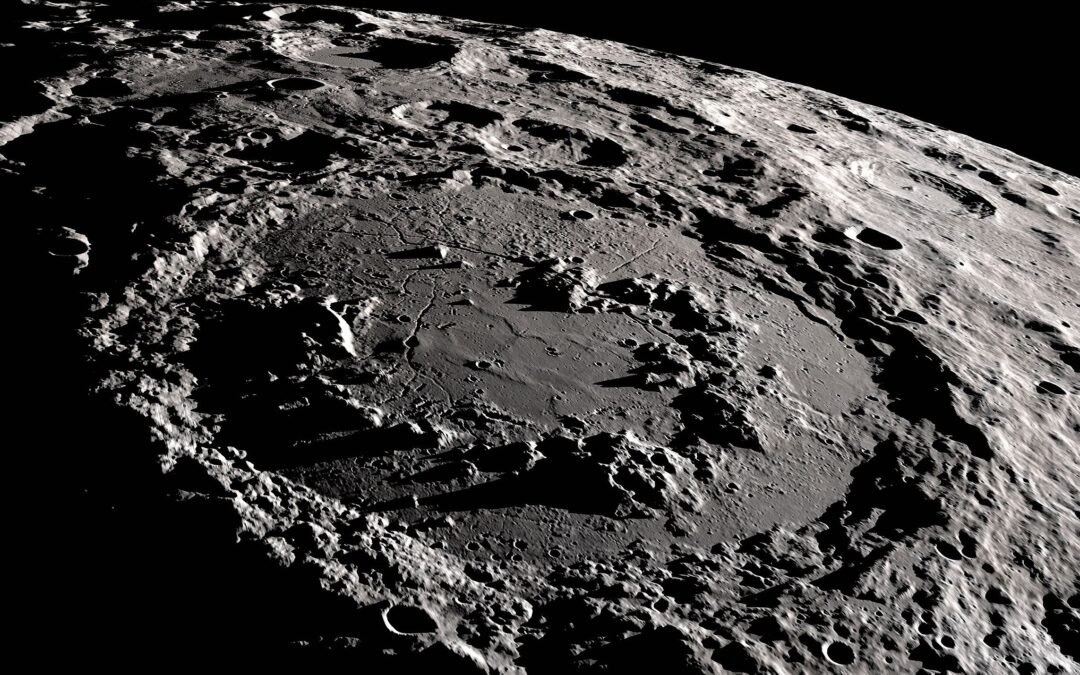
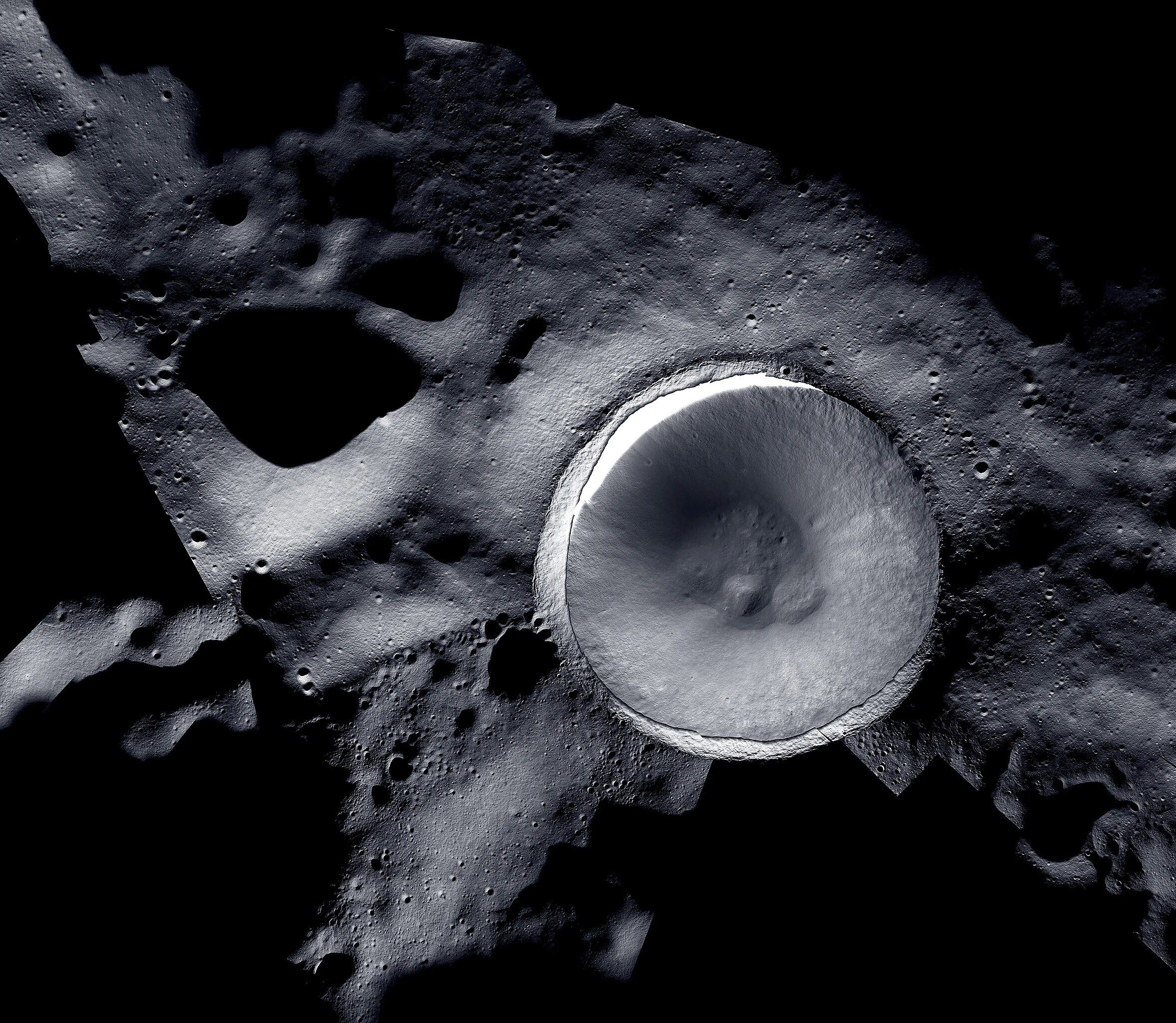
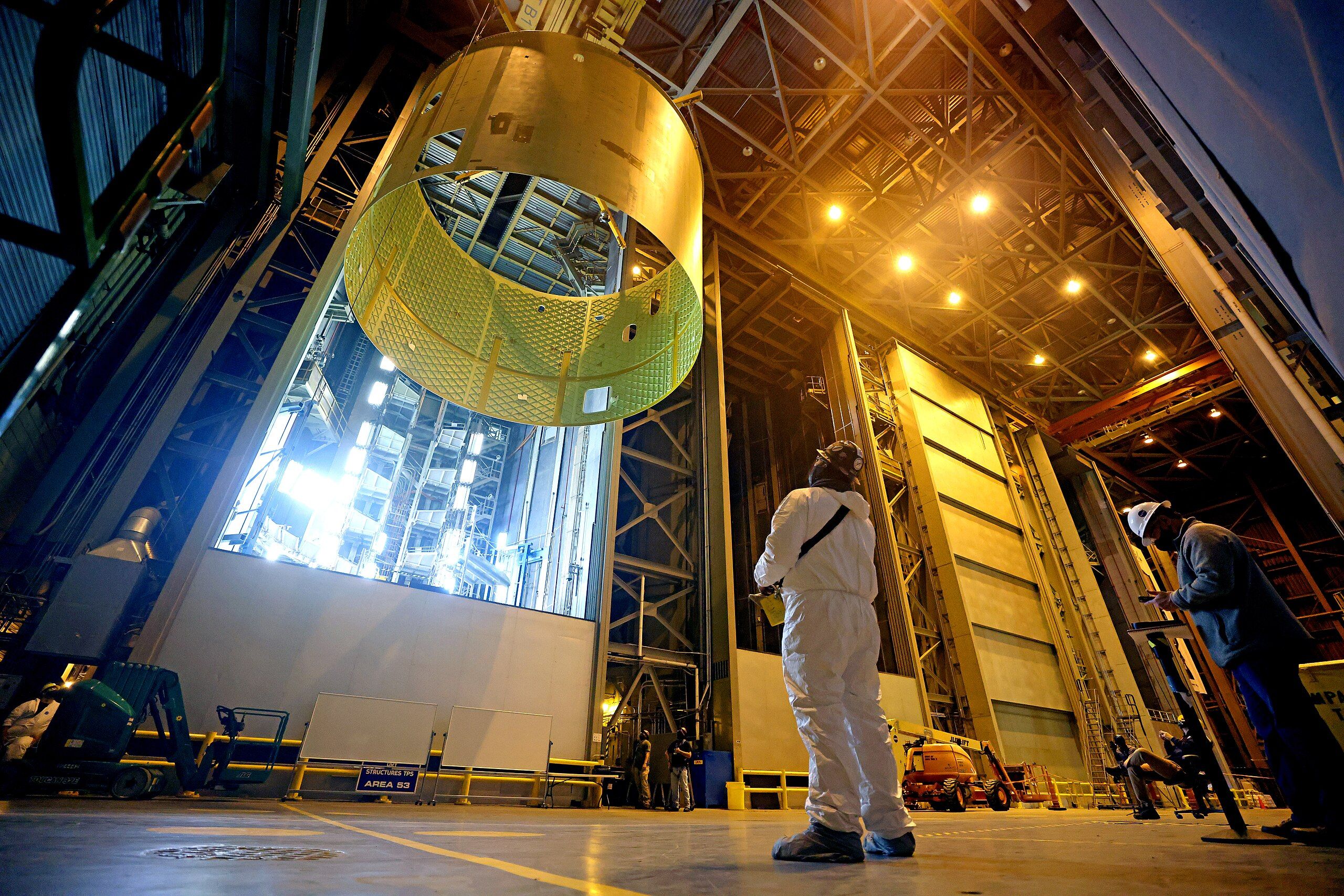
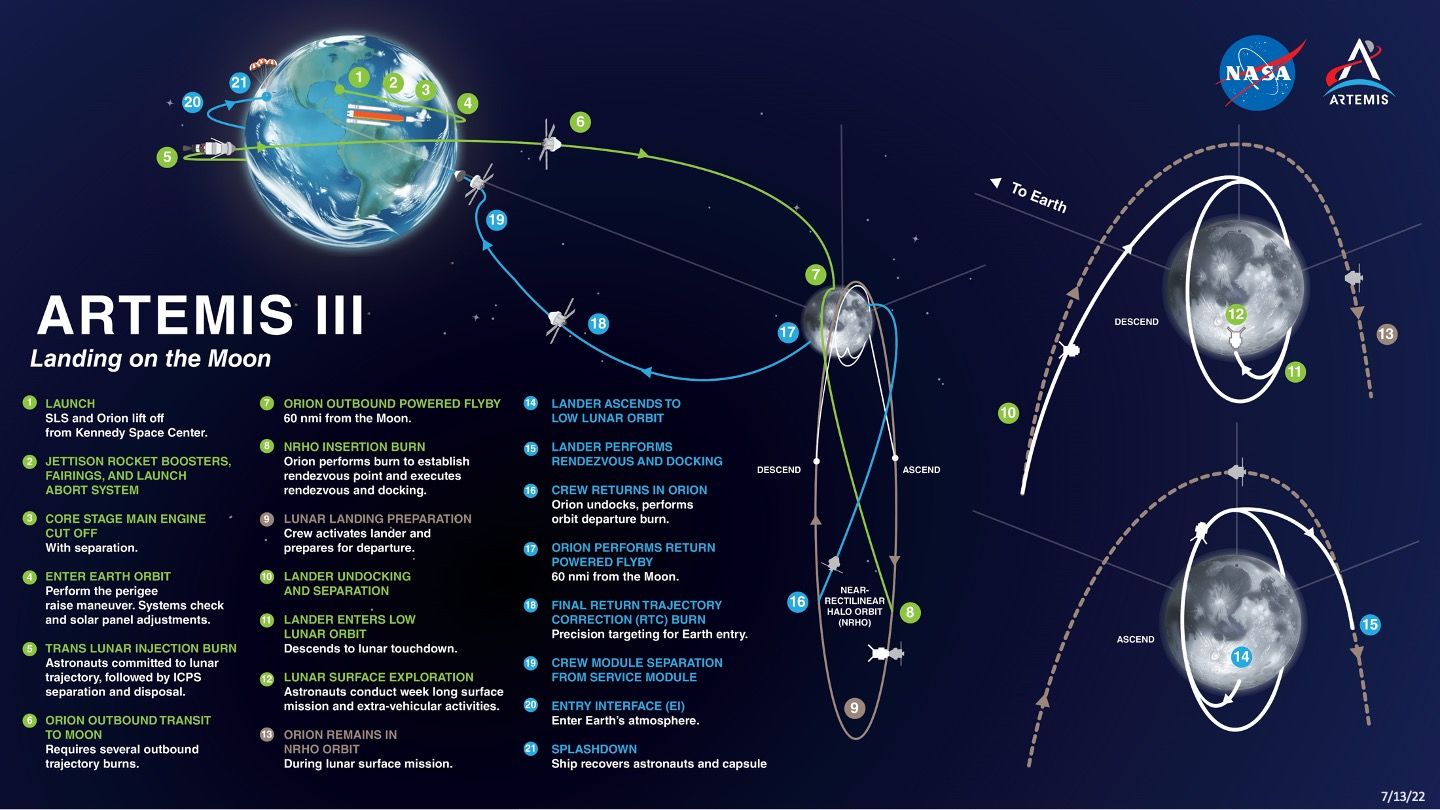
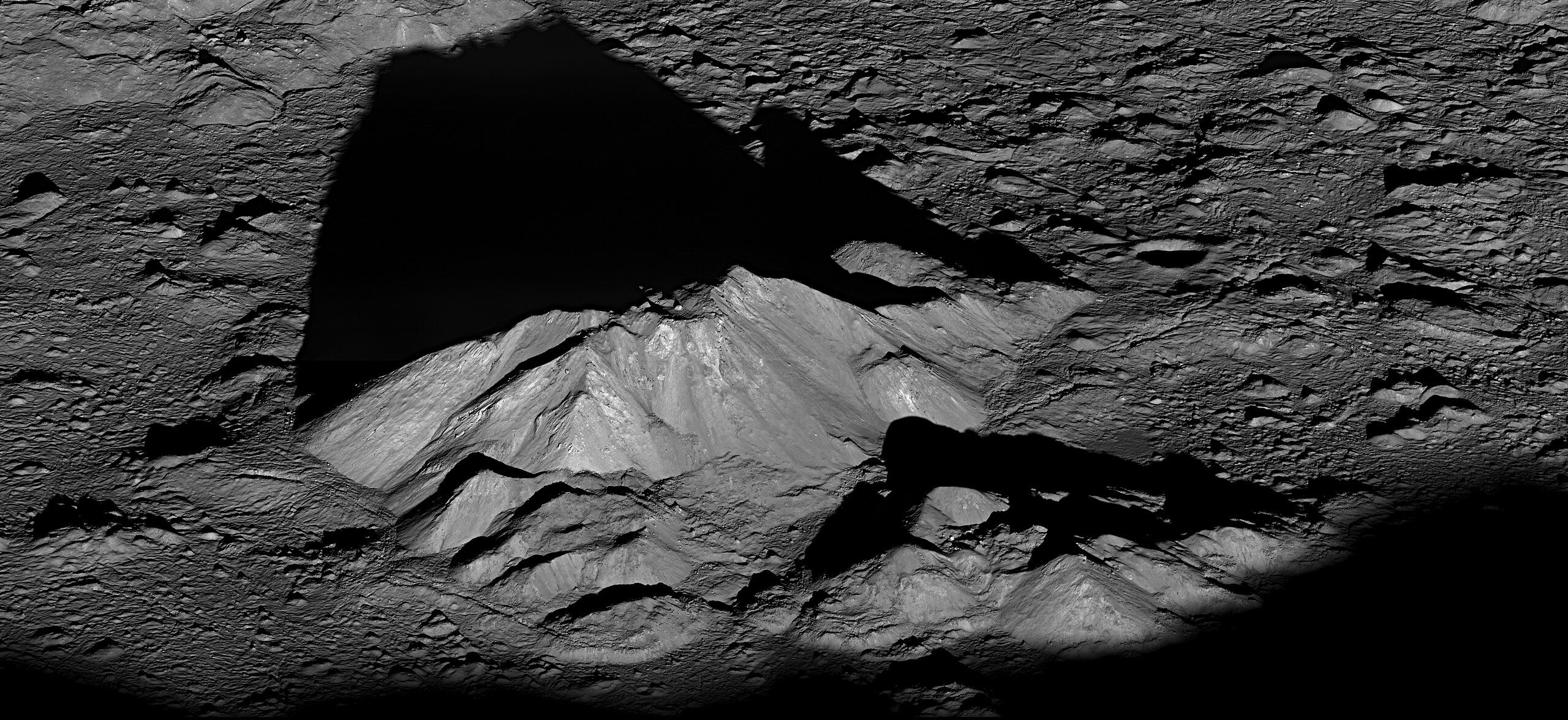

Recent Comments